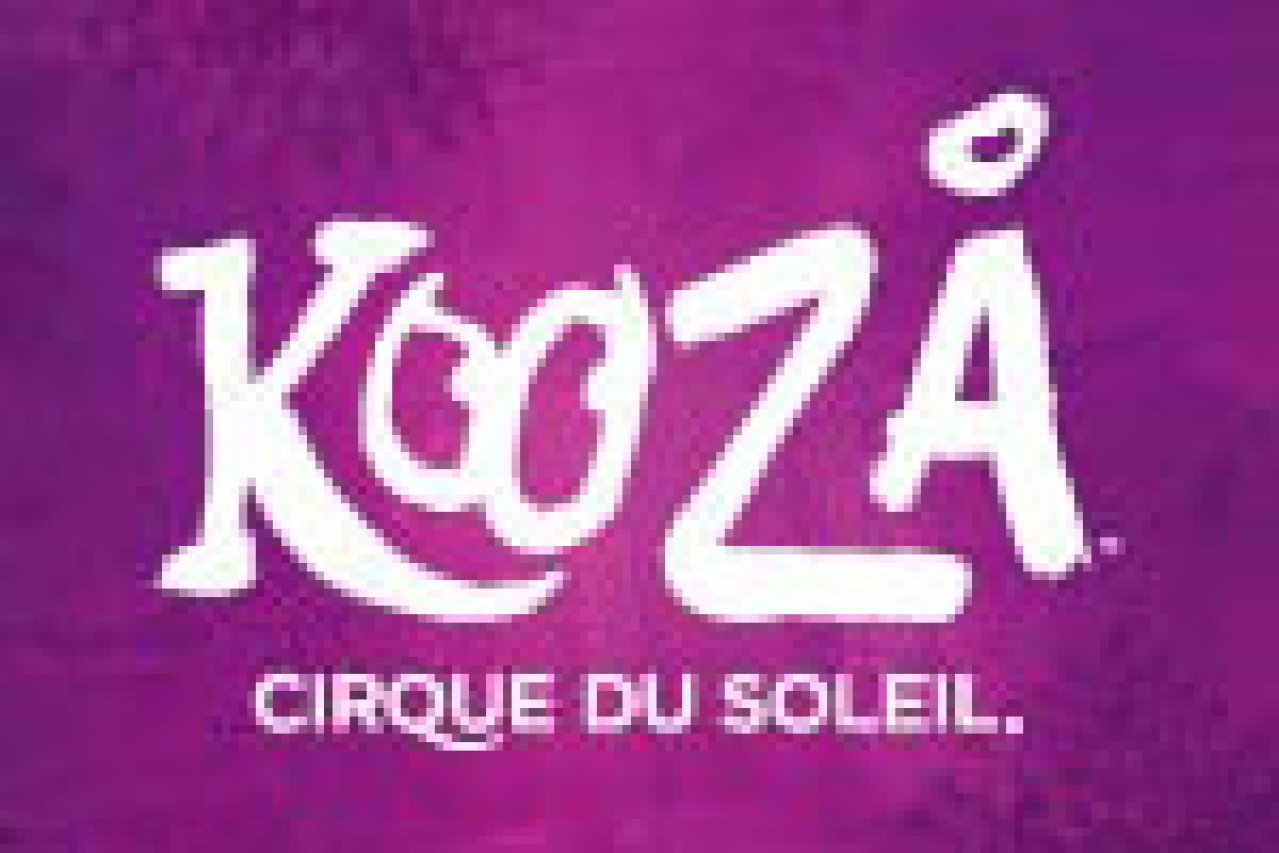Kooza

(© Olivier Samson Arcand)
If you look out into the East River these days, you’ll see the pointy tops of bright blue tents on Randall’s Island, which can only mean one thing: Cirque du Soleil is back in town. Once again, this monstrously successful franchise has pulled together a host of marvelous, awe-inspiring, and sometimes laws-of-nature-breaking acts into a show — this time called Kooza. But thanks to director David Shiner, this new-to-New York offering from the Canadian-based company has a big surprise in store: the piece has a decidedly American edge to it.
One’s sense that Kooza — the name is derived from the Sanskrit word for box — will diverge from the New Age European artiness of many previous Cirque shows is immediately evident during the clowning that precedes the event. As a host of clowns attempt to take the stage illegally, the event’s chief clown (an excellent Gordon White) tries to maintain order using a remote device that controls sirens and verbal warnings through the sound system. While decidedly merry, the proceedings recall the early days when city nights were filled with the shrill sounds of errantly tripped car alarms.
As the show begins in earnest, a child (Stéphan Landry) receives a large surprise package: a huge oversize jack-in-the box from which springs a nimble trickster (Mike Tyus) who then takes the boy to a forest filled with men and women who seem to have stepped out of a variety of medieval manuscripts (and gorgeously costumed by Marie-Chantale Vaillancourt). Soon, a trio of expertly choreographed and beautifully synchronized contortionists (Julie Bergez, Natasha Patterson, Dasha Sovik) are center stage, astounding with their flexibility as a small platform rotates, making their movements all the more hypnotic.
This early sequence is one of the few in Kooza that has the earthy feel long-associated with Cirque. However, fresher acts are in store, such as Diana Aleshchenko and Yuri Shavro, who perform a pas de deux of incredible complexity on a unicycle, all set to a Spanish love song transformed into marvelous jazz. When silver-suited juggler Anthony Gatto performs his jaw-droppingly complex routine, he and his assistant Sandrine Lafond resemble an act that might have come out of 1950s Las Vegas. Later in the show, big band sounds reverberate through the tent and a host of women parade through looking like old-time Follies showgirls.
Still, the centerpiece acts of Kooza belong really to neither time nor place, but simply exist to thrill spectators. During the first half of the show, a quartet of highwire performers (Angel Quiros Dominguez, Vincente Quiros Dominguez, Angel Villarejo Dominguez, Flouber Sanchez) dazzle with their ability to traverse a thin wire on foot — and on bicycle — often balanced on top of one another.
In the second half (which occurs after a 30-minute intermission), Jimmy Ibarra and Carlos Marin Loaiza make their way into the “Wheel of Death” — a pair of gigantic hamster-wheels that have been attached to one another and suspended above the stage. As the wheels spin and the contraption holding the two rotates, Ibarra and Loaiza are in perpetual motion, sometimes running across the tops of the wheels and performing aerial feats that defy physics and gravity. And the show’s finale is a raucous acrobatics sequence that proves to be a fittingly delightful end to this marvelously satisfying show.











